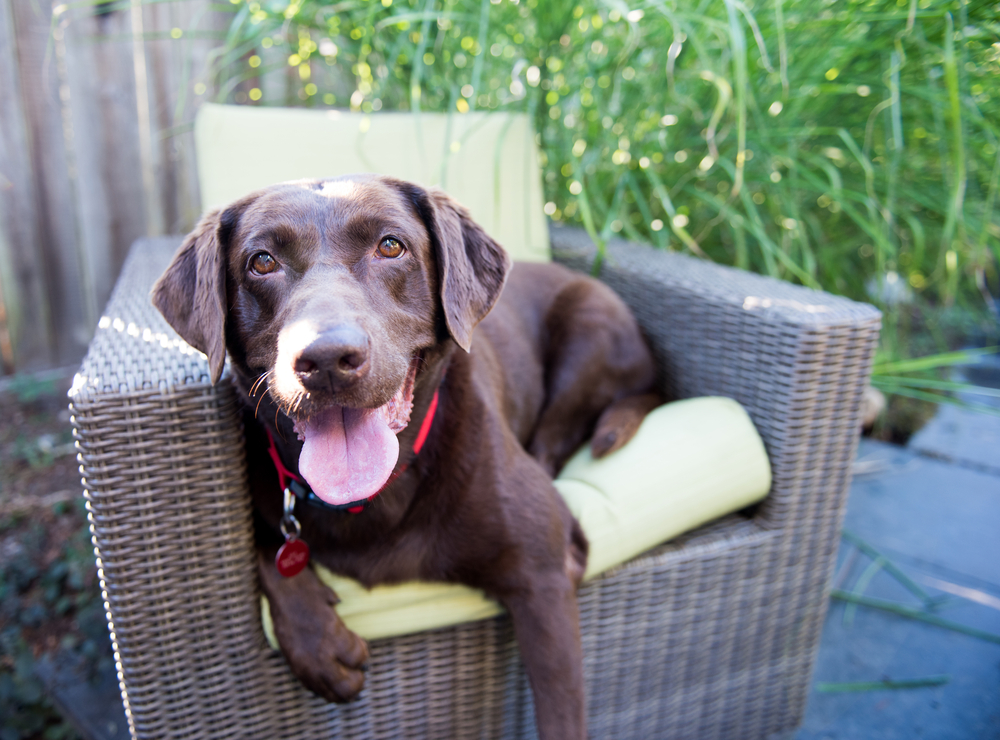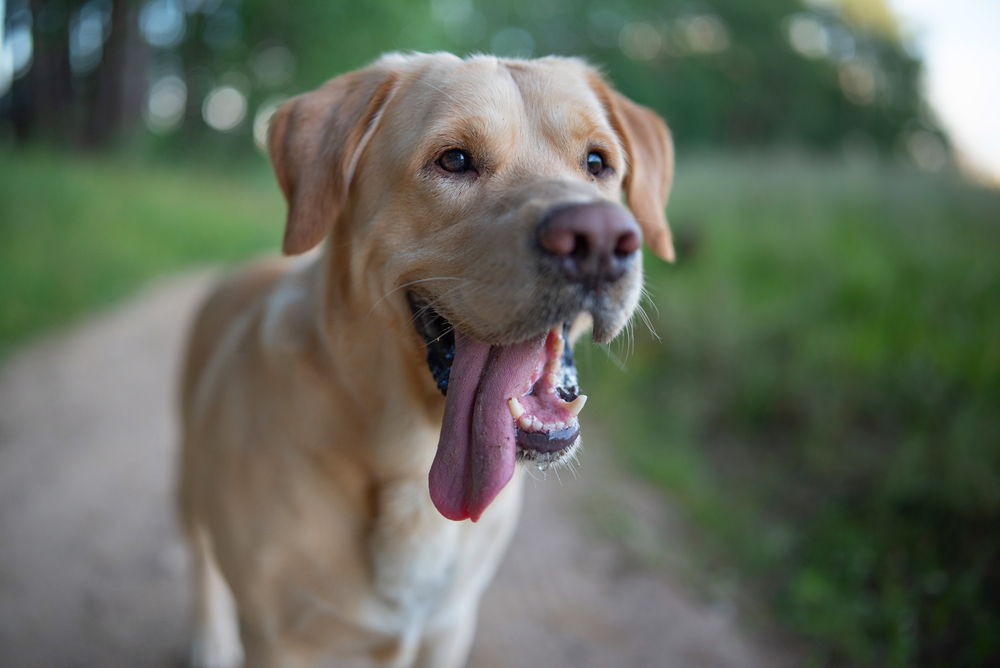
Understanding Elbow Dysplasia in Dogs and the Role of Physical Rehabilitation
What is Elbow Dysplasia?
• Fragmented Coronoid Process (FCP): This occurs when a piece of the ulna bone in the elbow joint breaks off.
• Osteochondritis Dissecans (OCD): This involves the cartilage on the joint surface detaching and causing pain.
• Ununited Anconeal Process (UAP): This happens when a bony projection in the elbow fails to fuse properly during growth.
• Elbow Incongruity: This is a misalignment of the bones that make up the elbow joint.

How Does Elbow Dysplasia Develop?
Genetics: While elbow dysplasia can affect any breed, it is more commonly seen in larger breeds. Certain breeds are more prone, including: German Shepherds, Golden Retrievers, Labrador Retrievers, Bernese Mountain Dogs, Newfoundlands, Rottweilers, & Chows Chows.
Growth Rate: Rapid growth and weight gain during puppyhood can increase the risk.
Nutrition: Overfeeding or improper nutrition can contribute to abnormal joint development.
Trauma: Injuries during the growth period can exacerbate or trigger the condition.
How Physical Rehabilitation Can Help Your Dogs Pain & Comfort
- Pain Management: Techniques such as laser therapy, acupuncture, and therapeutic ultrasound can reduce pain and inflammation.
- Improving Mobility: Exercises tailored to your dog’s condition can strengthen muscles, improve joint stability, and enhance range of motion.
- Weight Management: Proper diet and controlled exercise help maintain an ideal weight, reducing stress on the elbow joints.
- Hydrotherapy: Water-based exercises provide resistance and support, allowing for low-impact strengthening of the joints and muscles.
- Customized Exercise Programs: Our rehabilitation specialists design specific exercise programs to target the affected areas and promote healing.
Education and Support: We provide guidance on at-home exercises and lifestyle modifications to support your dog’s recovery and long-term health.







